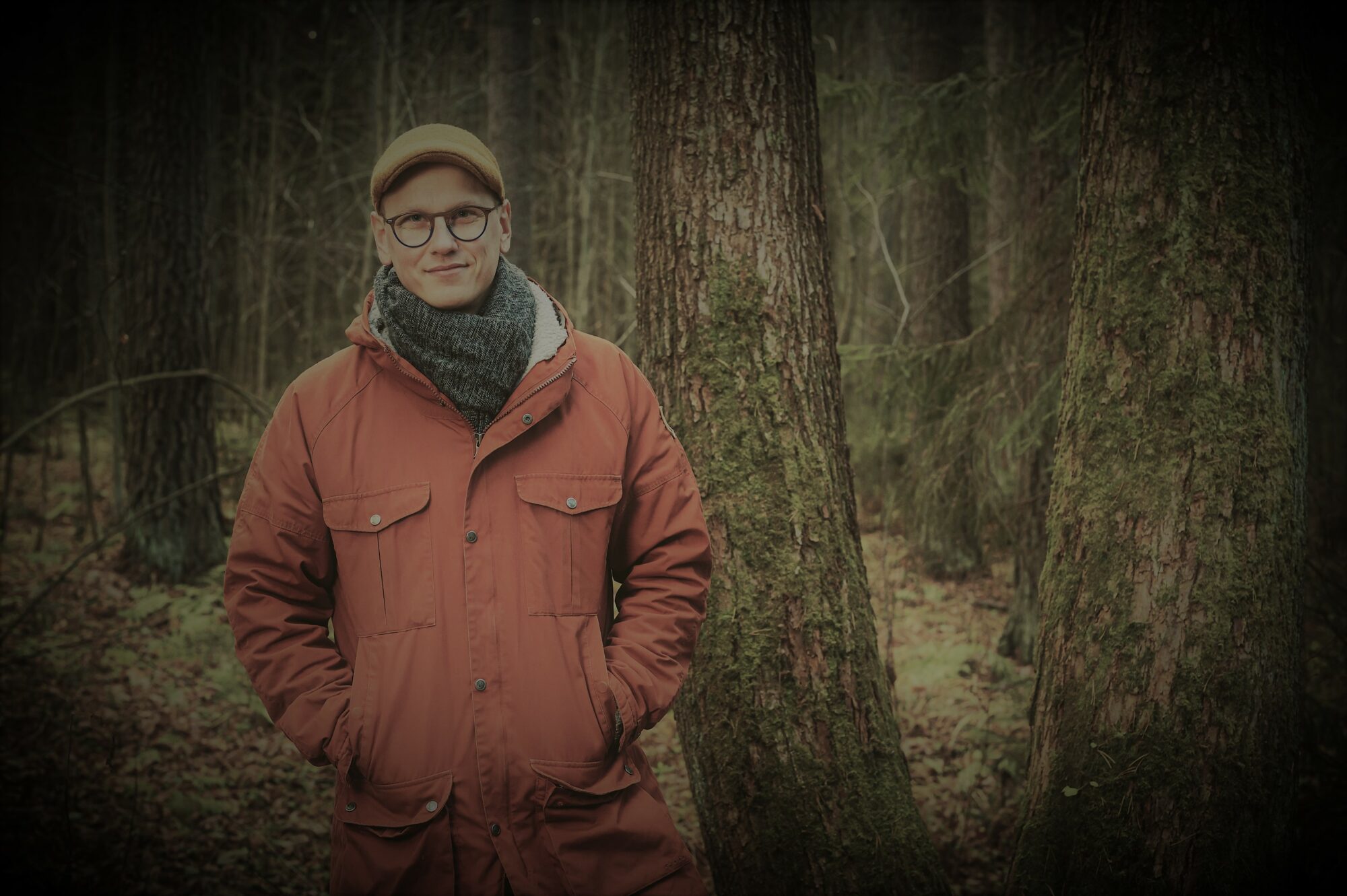Vesirakentamisen ekologisista vaikutuksista
Ylen erinomaisen jutun innoittamana julkaisen aiemmin kirjoittamani lyhyen englanninkielisen esseen vesivoimarakentamisen ekologisista vaikutuksista ja siihen liittyvästä lainsäädännöstä:
From building new to demolishing old – Contradictions between the use of water resources and conservation of endangered freshwater species
The total hydroelectric power capacity in Finland by the end of year 2004 was approximately 3000 MW and the share of hydroelectric power from the total electricity production of Finland has fluctuated between 10 and 20 %, depending on the year (Kauppa- ja teollisuusministeriö, energiaosasto 2005). In year 2004, Finland had 207 hydroelectric power-plants from which 57 had power output of over 10 MW, 83 had power output of 1–10 MW and 67 had power output of less than 1 MW (Kauppa- ja teollisuusministeriö, energiaosasto 2005). Large hydroelectric power-plants (> 10 MW) account approximately 91 % of all hydroelectric power production in Finland, whereas small plants (1–10 MW) produce 8 % and the mini plants (< 1 MW) only 1 % of the total hydroelectric production. The total power of the aforementioned 67 mini plants has been assessed to be 40–45 MW (Kauppa- ja teollisuusministeriö, energiaosasto 2005). According to an assessment made in 2007, there is theoretically 1710 MW of unbuilt capacity left to be utilized in Finland (Oy Vesirakentaja 2008). However, instead of building new ones, for example in the United States old hydroelectric power-plants have been demolished during the last few decades due to their economically low importance when compared to the high ecological impacts they have caused (Bednarek 2001).
Hydroelectric dam construction causes complex causations that can have drastic ecological impacts in river ecosystems. The natural passageway where organisms are free to move either upstream or downstream is destroyed. The impacts can spread to a vast area if several dams are being built to the same watershed as this transforms a river to a series of artificial, slowly flowing, lakes, which are formed between dams. This in turn can lead to a change in the producer and consumer communities as the dynamic physical conditions of the river channel change (Vannote et al. 1980). The number of habitats suitable for organisms that have adapted to natural flow and water level conditions decrease and the function of the littoral zone as an ecotone between land and water is disturbed. Waterfalls, rapids, floodplains and wetlands may locally disappear entirely. Migrating fish species and their populations can be negatively influenced and even driven to extinction (Alaniska 2013). During the 20th century, the building of hydroelectric dams destroyed several salmon (Salmo salar) populations in Finland (Alaniska 2013), and the remaining populations of migratory fish species are not doing too well today either. In the 2010 Red List of Finnish Species (Rassi et al. 2010) it is mentioned that land-locked salmon (Salmo salar m. sebago) and sea migrating populations of brown trout (Salmo trutta) are critically endangered, and that eel (Anguilla anguilla), migrating populations of whitefish (Coregonus lavaretus) and freshwater populations of brown trout below the Arctic Circle are endangered. Additionally, the Finnish populations of salmon in the Arctic Ocean and the Baltic Sea are threatened. Many fish populations in Finland are practically kept vital by breeding and growing them in hatcheries and later stocking them into the wild, as the level of natural spawning is very low either due to the lack of spawning areas or the low number of mature fish (e.g. Salmi et al. 2000). In addition to damming of rivers, the water level of approximately 300 Finnish lakes is being regulated for the needs of hydroelectric power production. This accounts for approximately one third of the total area of Finnish lakes (Aroviita & Hämäläinen 2008). The amplitude of the regulation differs between lakes but may multiply the water level fluctuations in comparison with the lakes’ natural state (e.g. Lake Kemijärvi (Marttunen & Hellsten 2003). Regulation affects especially the littoral flora and fauna as it can lead to e.g. shoreline erosion (Tarvainen et al. 2006), decrease in the spawning success of the fish species that lay their eggs in shallow water (Sutela & Mutenia 2001), decrease in the total catch of fish (Puro-Tahvanainen et al. 2011) and degradation of littoral benthic communities (Aroviita & Hämäläinen 2008). Artificial water reservoirs are also a part of hydroelectric power production and construction of them changes the surrounding environment in an irreversible way. For example Posoaapa, one of the largest peatlands of Finland with an area of 100 km2, was submerged by the construction of the largest artificial lake of Finland, Lake Lokka, in the late 1960’s (Nenonen & Nenonen 1972). One of the problems in the artificial lakes is that e.g. mercury is being released from the submerged soil to the water column, and as mercury accumulates in the aquatic food web, it has limited the human consumption of large predatory fish caught from these lakes (Porvari 2003).
Well, how is all this linked to Finnish legislation? There are several Acts regulating the use of water resources and I will mention three of them here. The Water Act (587/2011) applies to water resources management issues and regulates hydromorphological changes in the water bodies. Its purpose is to promote, organise and coordinate the use of water resources and the aquatic environment in a socially, economically and ecologically sustainable way. Additionally, any water resources management issue that pose a threat of pollution of water bodies is being also regulated by the Environmental Protection Act (527/2014). Thus, these two Acts are linked horizontally, as many law decrees generally are. Nature Conservation Act (1996/1096) aims to maintain biological diversity, conserve the beauty and scenic values of nature, and promote the sustainable use of natural resources and the natural environment. What it comes to water resources management, all three Acts mentioned here can be considered as a rather new legislation – many problems that have risen from the hydroelectric dams and power production have been caused well before these Acts were put in effect. Here, I will go through and discuss few sections of the Water Act from an ecological perspective.
According to the Water Act, water resources management projects are subjects to a permit which is generally granted until further notice (Chapter 3, section 8). In most cases granting a permit requires that the benefits gained from a project to public or private interests are considerable in comparison to the losses caused to public or private interests (Chapter 3, section 4). When assessing public benefits and losses, also matters included in a river basin management plan (RBMP) have to be taken into account (Chapter 3, section 6) and in any case, any infringement of public or private interests have to be avoided as far as it is reasonably possible (Chapter 2, section 7).
Granting of a permanent permit for a hydroelectric dam is problematic as the permit is very difficult to cancel if the construction decision is found to be incorrect later on. Nothing is forever, so why hydroelectric plant permits are? This is the case with many of the old hydroelectric plants which got their permanent permit when old Water Act (264/1961) was in effect, or even before that. Minor power production (67 power-plants less than 1 MW) might not be economically very profitable but can still cause large and harmful environmental effects which may have not been known at the time of construction. Still to my knowledge, old permits of hydroelectric dams are difficult or even impossible to cancel in Finland. Comparison of interests is a difficult task but decision-makers of today most likely have more knowledge which is based on facts, if compared to the situation several decades ago. My hypothesis is that in Finland during the 20th century the goods gained from the water resources were mainly evaluated economically: the purpose was to get as much profit as possible out of nature. Thinking may have been short sighted and there might not been understanding of the impacts either. Non-measurable values mentioned in the Nature Conservation Act, such as beauty and scenic values of nature, are generally difficult to assess, and it can be argued that they have been less emphasized in the decision making in the past. It seems that for example fishing and hydroelectric power production have been exclusive to each other instead of being able to coexist. This culture has not changed very rapidly in Finland even though the Finnish government approved the strategy for fish passages in 2012 (Maa- ja metsätalousministeriö 2012). However, to my experience, the permit regulations concerning technical fish passages are often too loose as passages are having too little water in them, thereby not functioning properly. All in all, it seems that there has been a lot of talk regarding the fish passage issue during the last decades, but little action and real results. In a rather flat country, which Finland is, it is questionable, are all the present hydroelectric dams socially, economically and ecologically sustainable. In many cases it appears that the harms of the permanent installations are left for the local people and nature, whereas the profits are enjoyed by a small group of shareholders. This matter raises a question in general: is it even possible to build an ecologically sustainable hydroelectric dam today as it seems that it has not happened in Finland in the past?
REFERENCES
Alaniska K. 2013. Kalojen kuninkaan tie sukupuuttoon. Doctoral dissertation. University of Oulu, Faculty of Humanities, History, 410 p. In Finnish.
Aroviita J. & Hämäläinen H. 2008. The impact of water-level regulation on littoral macroinvertebrate assemblages in boreal lakes. Hydrobiologia 613: 45-56.
Bednarek A. D. 2001. Undamming rivers: A Review of the Ecological Impacts of Dam Removal. Environmental Management 27: 803-814.
Environmental Protection Act 527/2014 (Ympäristönsuojelulaki). Available in Finnish: http://www.finlex.fi/fi/laki/alkup/2014/20140527
Kauppa- ja teollisuusministeriö, energiaosasto. 2005. Vesivoimatuotannon määrä ja lisäämismahdollisuudet Suomessa, 30 p. In Finnish.
Maa- ja Metsätalousministeriö. 2012. Kansallinen kalatiestrategia, Valtioneuvoston periaatepäätös 8.3.2012, 30 p. In Finnish.
Marttunen M. & Hellsten S. 2003. Heavily Modified Waters in Europe: A Case Study of Lake Kemijärvi, Finland. The Finnish Environment 630, 60 p.
Nature Conservation Act 1996/1096. Available in English: http://www.finlex.fi/fi/laki/kaannokset/1996/en19961096.pdf
Nenonen O. & Nenonen M. 1972. Havaintoja Lokan ja Porttipahdan tekoaltaista. Vesihallitus – National board of waters, Finland, Tiedotus 21, 16 p. In Finnish.
Oy Vesirakentaja. 2008. Voimaa vedestä 2007 – Selvitys vesivoiman lisäämismahdollisuuksista, 196 p. In Finnish.
Porvari P. 2003. Sources and fate of mercury in aquatic ecosystems. Monographs of the Boreal Environment Research 23, 52 p.
Puro-Tahvanainen A., Aroviita J., Järvinen E. A., Kuoppala M., Marttunen M., Nurmi T., Riihimäki J. & Salonen E. 2011. Inarijärven tilan kehittyminen vuosina 1960–2009. Suomen ympäristö 11/2011, Luonnonvarat, 89 p. In Finnish.
Rassi P., Hyvärinen E., Juslén A. & Mannerkoski I. (toim.). 2010. Suomen lajien uhanalaisuus – Punainen kirja 2010. Ympäristöministeriö ja Suomen ympäristökeskus, 685 p. In Finnish.
Salmi P., Auvinen H., Jurvelius J. & Sipponen M. 2000. Finnish lake fisheries and conservation of biodiversity: coexistence or conflict? Fisheries Management and Ecology 7: 127-138.
Sutela T. & Mutenia A. 2001. Kirjallisuuskatsaus pohjoisten tekojärvien kalataloudesta. Kala- ja riistaraportteja 214, 24 p. In Finnish.
Tarvainen A., Verta O-M., Marttunen M., Nykänen J., Korhonen T., Pönkkä H. & Höytämö J. 2006. Koitereen säännöstelyn vaikutukset ja kehittämismahdollisuudet. Suomen ympäristö 37/2006, Luonnonvarat, 116 p. In Finnish.
Vannote, R. R., Minshall G. W., Cummins K.W., Sedell J. R. & Cushing C. E. 1980. The river continuum concept. Can. J. Fish. Aquat. Sci. 37: 130-137.
Water Act (Vesilaki) 587/2011. Available in English: http://www.finlex.fi/en/laki/kaannokset/2011/en20110587.pdf


Vastaa
Sinun täytyy kirjautua sisään kommentoidaksesi.